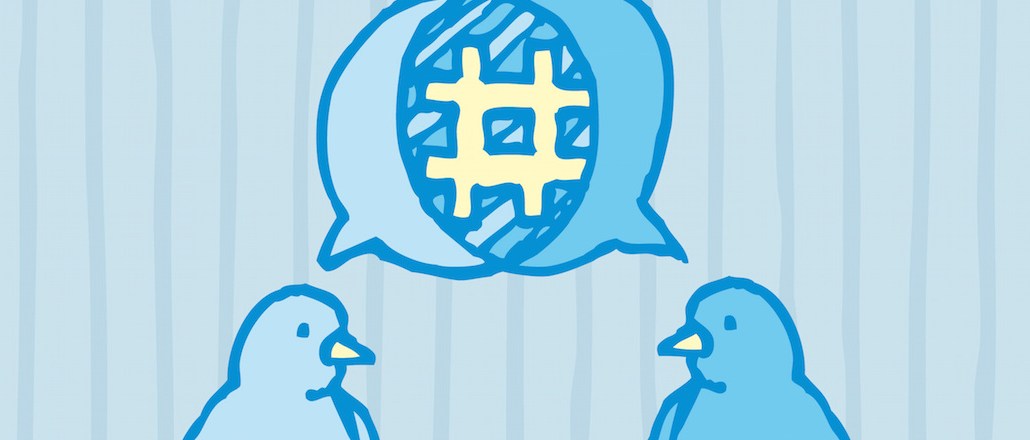
It’s gotten increasingly difficult to tell whether Twitter is an over-, under- or accurately rated tool for brands and publishers. Wall Streeters have recently called for Dick Costolo to be ousted as CEO, even though Madison Avenue has gone to the mat for him. Also recently, digital media consultants BRaVe Ventures said the naysayers were wrong; Twitter is poised for a comeback this year.
Atlantic editor Derek Thompson meanwhile published a story on Monday about how Twitter is overrated for publishers. In it, he outlined how his own tweets receive a large amount of engagement on Twitter itself (in the forms of favorites and retweets), but a surprisingly low number of users click through to The Atlantic’s website to read the stories he tweets about.
For all the hand-wringing, there is one undoubtedly positive trend taking place on Twitter: The world’s most notable brands are deriving more value from it. They’re posting more often, their follower-counts are up, and their per-tweet engagement has almost doubled over the past year, according to a new report from social media analytics company Simply Measured.
“Brands have been active on Twitter for longer than many other social networks, and are really starting to hit the mark with the content they offer up to their followers,” according to report author Michael Thomason, data analyst at Simply Measured.
Engagement with tweets from brands increased 85 percent in the last three months of 2014 from the same period a year earlier, the report found. And these brands were no slouches; the report was conducted on the Interbrand 100, the world’s top 100 brands as determined by branding agency Interbrand.
Brands were also more active on Twitter than the previous year. The percentage of brands tweeting at least once a day was 95 percent, up three percentage points, and the volume of tweets published increased 11 percent. Across the 100 brands, follower-counts jumped 38 percent.
While the report failed to explain why these changes have taken place, a possible reason could be the change Twitter made to its interface in late October 2013. The change brought Twitter’s engagement buttons to the fore, making it easier for users to favorite, follow and retweet on the platform.
The change was credited with eliciting an uptick in user engagement this past summer. Twitter did not try to explain the jump either; it did not return a request for comment at time of press.
These developments come as brands having seen their organic reach on Facebook trend toward zero last year, a downward slope that has shown no signs of reversing.
The rise could also be attributable to Twitter making its platform more visual. The design change in October 2013 also made it so photos would automatically appear in users’ streams as opposed to buried under links. Twitter has also been serving more video in recent months, and is the midst of rolling out its native video product to all users. Twitter has been criticized for its inability to monetize video-sharing app Vine, but the report found that Vine is hugely popular with regards to engagement; Vines saw the highest engagement-per-tweet.
Tweets with photos, meanwhile, accounted for 57 percent of all engagements on Twitter, far higher than tweets with links, text or video. Interestingly, while only 10 of the tweets studied contain just text, text-only tweets accounted for 14 percent of engagement. So while Twitter is becoming more visual, publishers like Fusion may want to reconsider their post-text strategies.
As Thompson noted in his piece, media companies generated a cacophony on Twitter. According to the Simply Measured, media tweets were behind 56 percent of all engagement on the platform.
USA Today’s sports blog For The Win recently decided that Twitter was a negligible traffic driver on mobile devices and replaced the Twitter share button on its mobile stories with a text message share button.
Media workers may love sharing and reading stories through Twitter, but it’s “fringe behavior” for “normal people,” For The Win’s Jamie Mottram recently said on “The Digiday Podcast.”
“Twitter is an incredible information and entertainment source. Its value isn’t as valuable as wrapped up in the social aspects,” he said.
Homepage image courtesy Shutterstock
More in Media

Walmart rolls out a self-serve, supplier-driven insights connector
The retail giant paired its insights unit Luminate with Walmart Connect to help suppliers optimize for customer consumption, just in time for the holidays, explained the company’s CRO Seth Dallaire.

Research Briefing: BuzzFeed pivots business to AI media and tech as publishers increase use of AI
In this week’s Digiday+ Research Briefing, we examine BuzzFeed’s plans to pivot the business to an AI-driven tech and media company, how marketers’ use of X and ad spending has dropped dramatically, and how agency executives are fed up with Meta’s ad platform bugs and overcharges, as seen in recent data from Digiday+ Research.

Media Briefing: Q1 is done and publishers’ ad revenue is doing ‘fine’
Despite the hope that 2024 would be a turning point for publishers’ advertising businesses, the first quarter of the year proved to be a mixed bag, according to three publishers.





